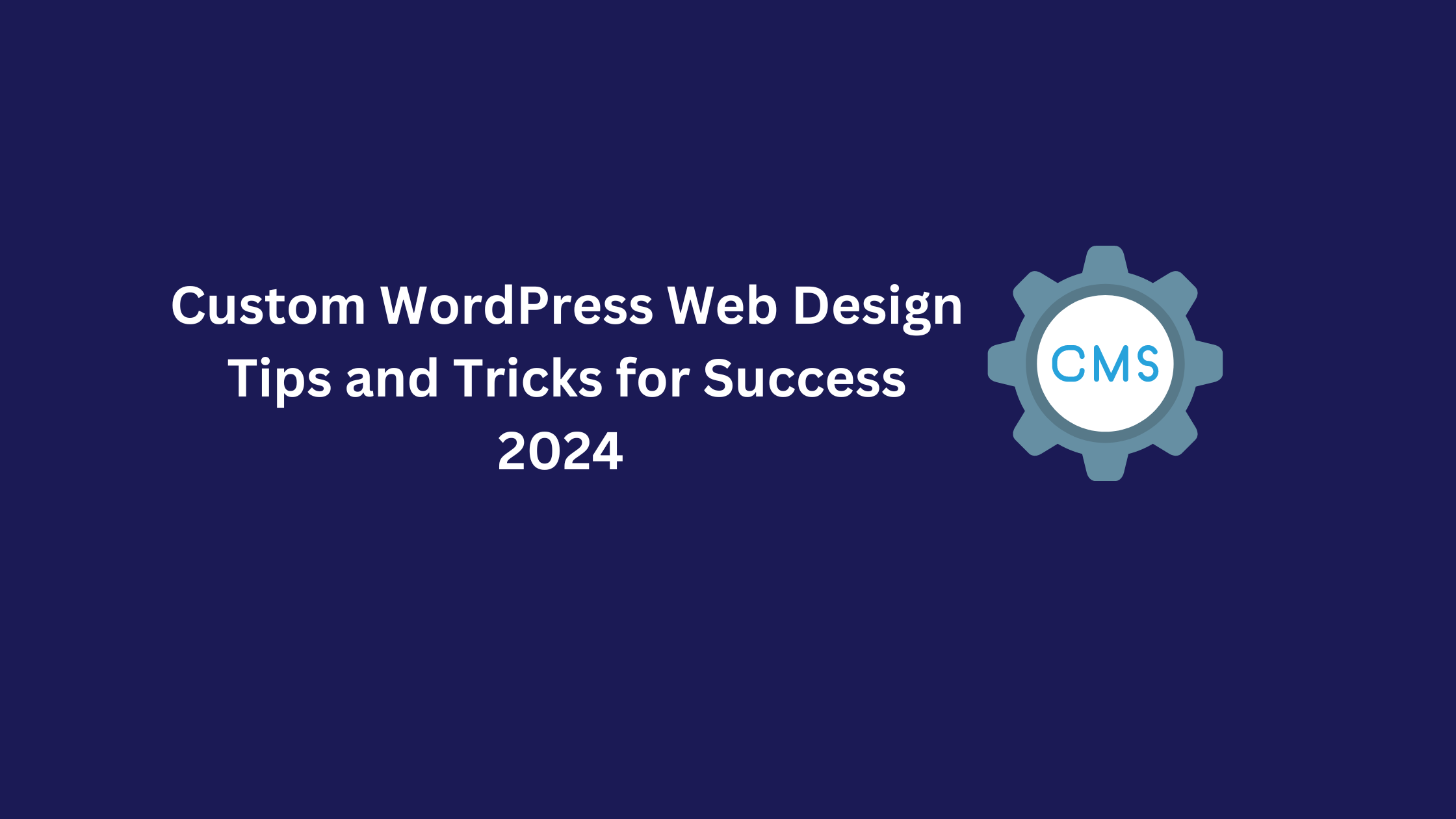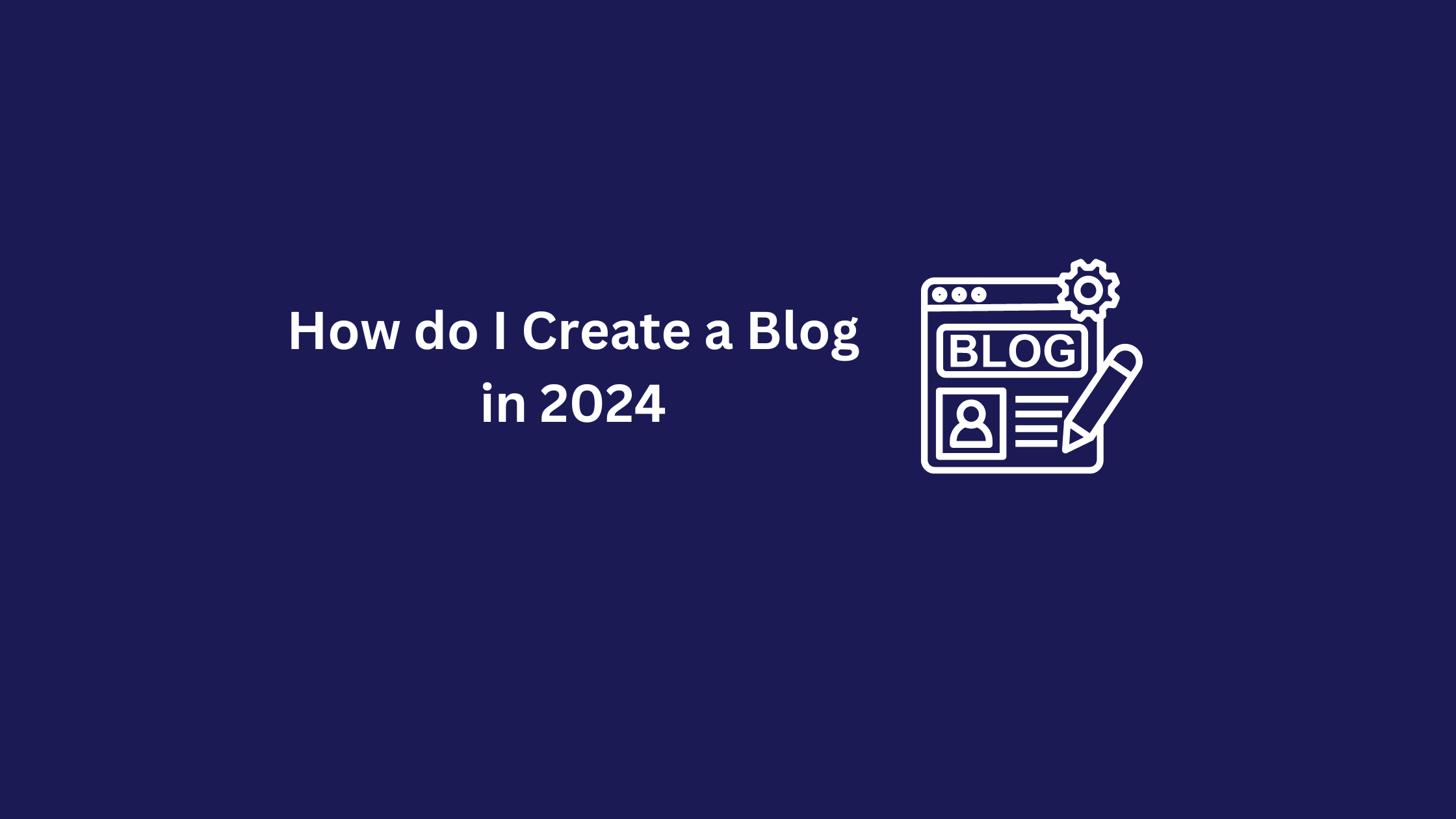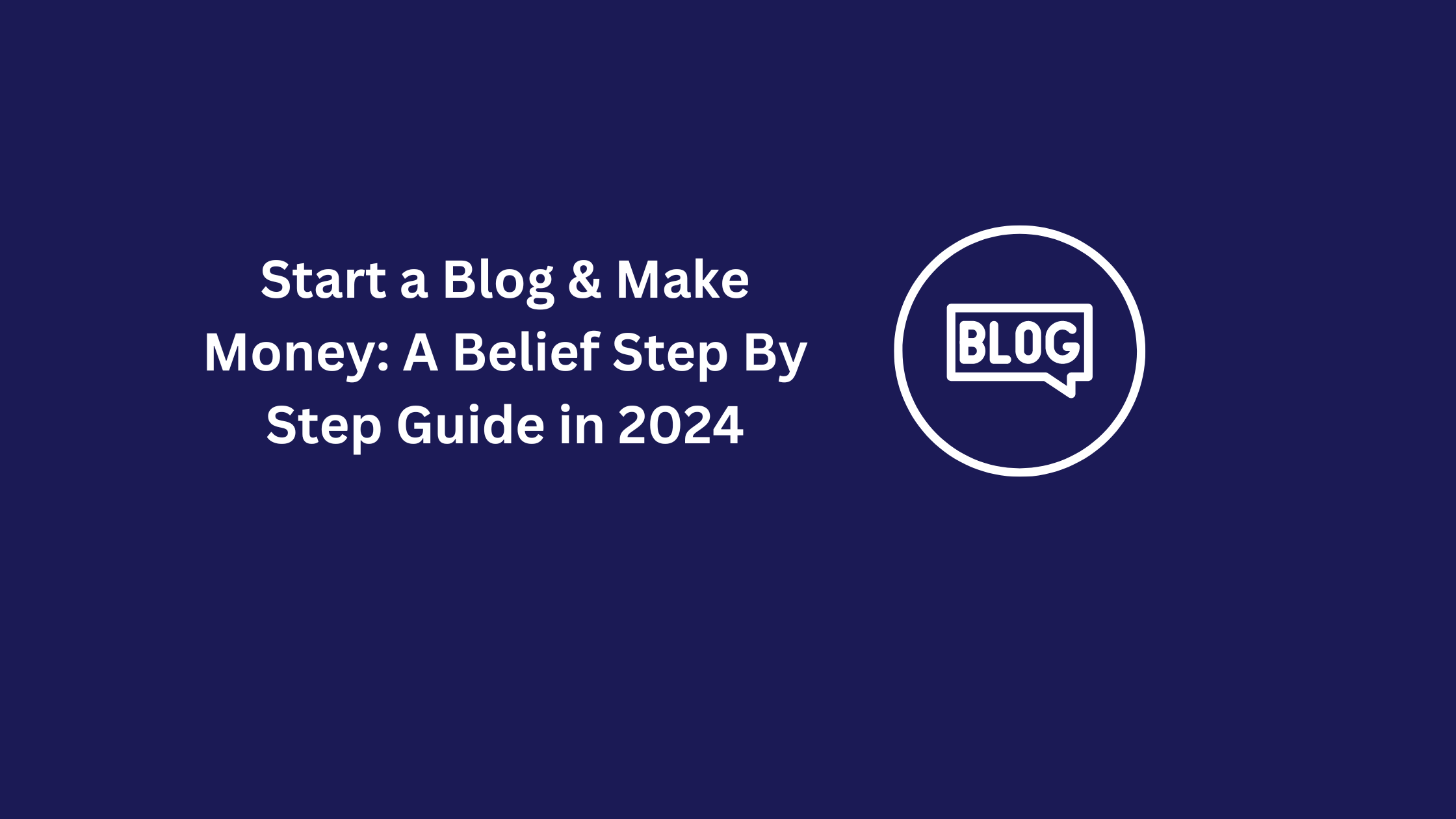Creating a WordPress website from scratch might seem daunting, but it can be straightforward with a systematic approach.
This article guides you through every critical step,
from choosing a hosting provider to optimizing your site for search engines, ensuring you build a robust and efficient WordPress website.
Key Takeaways Of Building a WordPress Website
- Understand different hosting services and select one that suits your website needs.
- Choose a domain name that reflects your brand and connect it seamlessly with your hosting.
- Install WordPress using one-click installers for convenience or manually for more control.
- Select and customize a theme that aligns with your website’s purpose and aesthetic.
- Implement essential plugins and SEO strategies to enhance functionality and visibility.
Choosing the Right Hosting Provider
Types of Hosting Services

When starting a WordPress website,
the first step is selecting the right type of hosting service.
There are several types of WordPress hosting: shared, VPS, dedicated, and managed. Shared hosting is cost-effective but may lack performance for high-traffic sites,
while managed WordPress hosting offers optimized environments specifically for WordPress but at a higher cost.
Evaluating Hosting Features
It’s crucial to assess the features a hosting provider offers.
Key features include uptime guarantees, customer support, backup services, and scalability options.
A provider’s reputation for strong customer support and uptime should weigh heavily in your decision.
Recommended WordPress Hosting Providers
Several hosting providers stand out for WordPress websites. Notably, WordPress recommends Bluehost and Dreamhost.
Other notable providers include IONOS and HostGator, which are known for their security and performance. Choosing the right provider can significantly impact the success and performance of your site.
Setting Up Your Domain Name
Selecting a Domain Name
Choosing the right domain name is crucial as it represents your brand’s online identity.
Select a name that is short, memorable, and relevant to your content. Consider using keywords that reflect your business and ensure it’s easy to spell.
Registering Your Domain
After selecting your domain name,
the next step is to register it through a domain registrar. Compare prices and services offered by different registrars to find the best deal. Ensure that the registrar you choose is ICANN accredited.
Connecting Domain to Hosting
Once your domain is registered, connect it to your web hosting account. This involves changing the DNS settings to point to your hosting provider’s server.
This process may take up to 48 hours to propagate across the internet.
Installing WordPress
Using One-Click Installers

Most hosting providers offer one-click installers for WordPress, making the installation process straightforward and quick.
Navigate to your hosting control panel, find the WordPress installer, and follow the on-screen instructions. The entire process usually takes just a few minutes.
Manual Installation Steps
Manual installation is also an option if you prefer more control or your host does not provide an installer. Here are the steps:
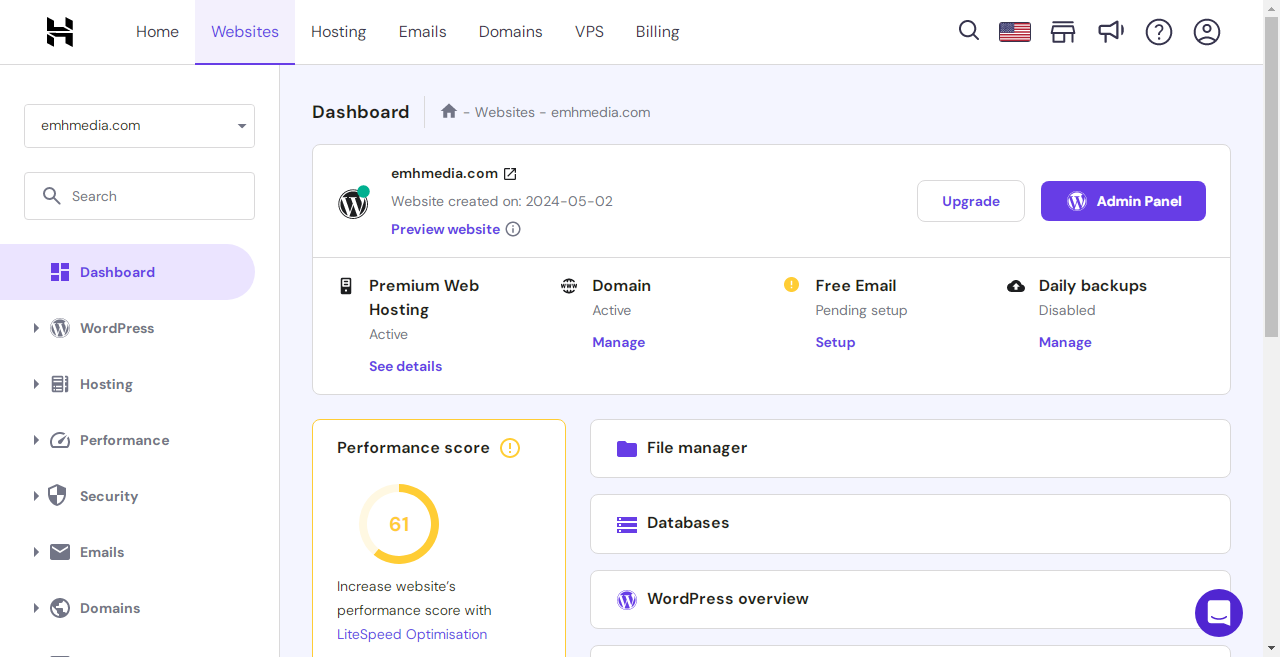
- Download the latest WordPress package from the official website.
- Upload the package to your hosting account via FTP.
- Create a MySQL database and user for WordPress.
- Configure the
wp-config.phpfile with your database information. - Run the installation script by accessing your domain in a web browser.
Initial WordPress Settings
After installation, it’s important to configure your site settings. Start by setting up your site title, tagline, and timezone in the WordPress dashboard under Settings.
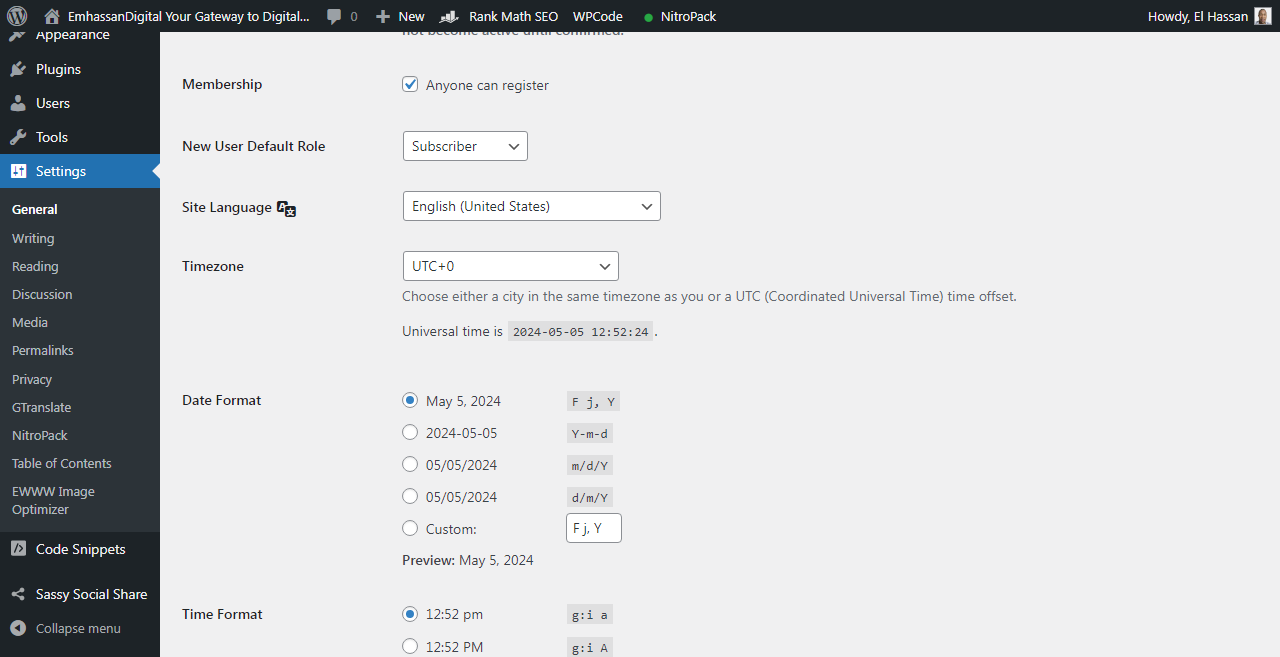
Also, ensure that your site is visible to search engines by checking the ‘Discourage search engines from indexing this site’ option, which is unchecked.
Selecting and Customizing Themes
Choosing the Right Theme

Selecting the right theme is crucial as it sets the visual tone of your website.
Consider the nature of your business, ease of use, and compatibility with plugins. Themes should also be responsive, ensuring they work well on mobile devices.
Installing a Theme
Once you’ve chosen a theme, installing it is straightforward:
- Go to your WordPress dashboard.
- Navigate to ‘Appearance’ and then ‘Themes’.
- Click ‘Add New’ and search for your chosen theme.
- Click ‘Install’ and then ‘Activate’.
Customizing Your Theme
Customization allows you to align the theme with your brand’s identity. Use the Default Theme Customizer for basic adjustments like colours and fonts.

For more advanced customization, consider using the Full Site Editor. This tool provides a more comprehensive control over layout and design elements.
Creating Essential Pages
Home Page Setup
Every website has a homepage, and every theme has a Default Homepage.
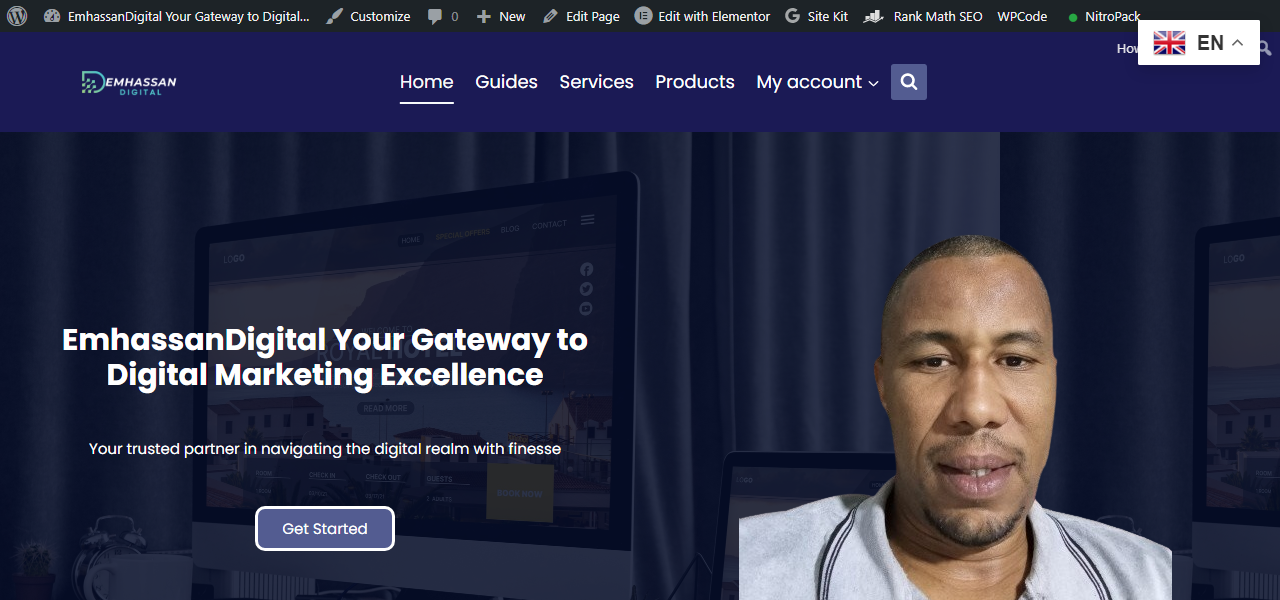
The easiest and quickest way to get your site up and running is to use the pre-designed template and customize it to fit your brand. Consider the following elements for your homepage:
- Hero image or slider
- Introduction or welcome message
- Key services or products
- Call to action
About and Contact Pages
These pages are crucial for building trust and facilitating communication with your visitors. The About page should reflect your mission and values,
while the Contact page should provide clear and multiple ways to reach you. Here’s a simple structure:
- Brief history or background
- Team introduction
- Contact form
- Social media links

Privacy Policy and Terms of Service
These legal pages are necessary to protect both you and your users.
You can start with templates compliant with laws like GDPR or CCPA and customize them to your needs. Ensure these pages are easily accessible from your website footer.
Adding Functional Plugins
Must-have WordPress Plugins
To ensure your WordPress site operates efficiently,
it’s crucial to install must-have plugins. These plugins enhance security, speed, and SEO, making your site more robust and user-friendly.
For instance, plugins like Jetpack and Yoast SEO are essential for most WordPress sites in 2024.
Installing and Configuring Plugins
Installing plugins can be done directly from the WordPress dashboard. Navigate to ‘Plugins’ > ‘Add New’ and search for the plugin you need.
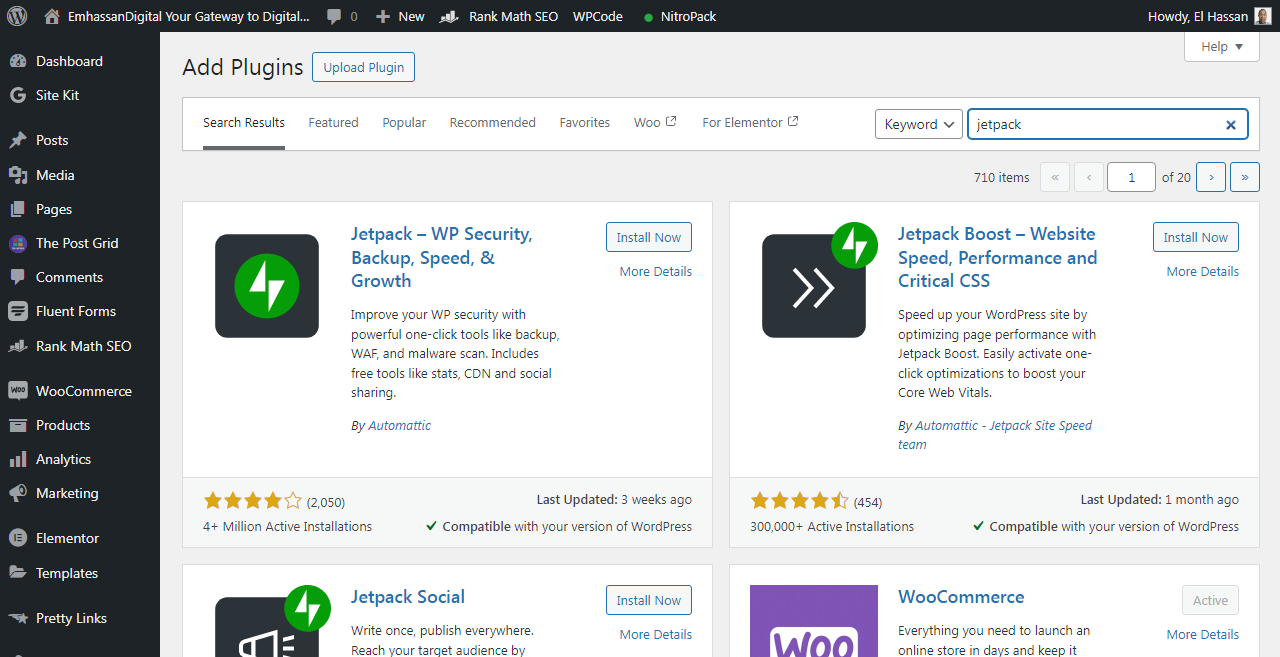
After installation, configure each plugin according to your site’s requirements, which might involve setting preferences in the plugin settings panel.
Optimizing Plugin Performance
Optimizing plugin performance is key to maintaining a fast and responsive site. Regularly update your plugins to their latest versions and delete unused ones.
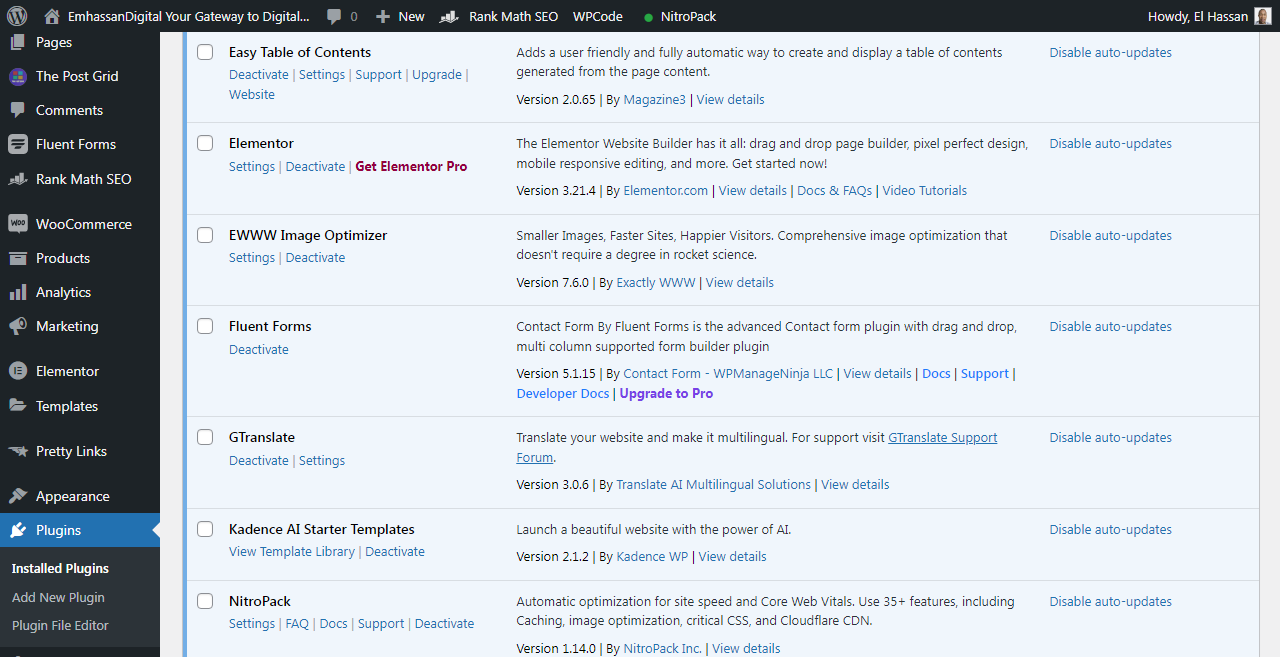
Additionally, consider using a plugin performance optimizer to manage and minimize the impact of plugins on your site’s speed.
Optimizing Your Site for Search Engines
Basics of SEO for WordPress
Understanding the basics of WordPress SEO is crucial for any site owner. SEO, or Search Engine Optimization, involves strategies to increase your website’s visibility and rank higher in search engine results.
Start with keyword research, optimize your titles and descriptions, and ensure your website is mobile-friendly.
Installing SEO Plugins
Installing the right SEO plugins can significantly enhance your site’s performance.

Plugins like Yoast SEO All-in-One SEO Pack or Rankmath help you manage your SEO settings and improve your content’s visibility.
Ensure to configure each plugin according to your specific needs. I use Rankmath because it’s very useful and has more functions than other SEO plugins on WordPress. I like it
Creating SEO-Friendly Content
Creating SEO-friendly content is essential for improving your site’s search engine ranking. Focus on producing high-quality,
relevant content that addresses the needs of your audience. Use headings, subheadings, and bullet points to make your content easy to read and navigate.
Conclusion
Creating a WordPress website from scratch is a rewarding endeavour that empowers you to bring your unique ideas to the digital world.
By following the steps outlined in this article, from choosing a domain name and hosting provider to customizing your site with themes and plugins, you are well-equipped to build a professional-looking website.
Continuous learning and adaptation are the keys to a successful WordPress site. Keep exploring new tools and techniques to enhance and keep your site relevant.
Whether for personal projects or business ventures, your new WordPress website is a robust platform ready to meet your online needs.
Frequently Asked Questions
What are the key factors to consider when choosing a WordPress hosting provider?
When choosing a hosting provider for WordPress, consider factors like uptime reliability, speed, customer support, scalability options, and specific features optimized for WordPress.
How do I register a domain name for my WordPress site?
To register a domain name, choose a reputable domain registrar, search for your desired domain to ensure it’s available, and then follow the registrar’s process to purchase and register the domain.
What is the difference between one-click WordPress installers and manual installation?
One-click installers provided by hosting services allow you to install WordPress easily and quickly without handling database and file configurations. At the same time, manual installation requires you to download and configure WordPress files and databases yourself.
How can I customize my WordPress theme?
Customize your WordPress theme through the theme customizer, which allows you to change aspects like colors, fonts, and layout and add custom CSS. Many themes also offer additional options for panels for more advanced customizations.
What are the essential plugins that every WordPress site should have?
Essential WordPress plugins include security, SEO tools, backup solutions, caching, and contact form plugins. These enhance your website’s functionality, security, and performance.
How can I optimize my WordPress content for search engines?
Optimize your WordPress content for SEO by using targeted keywords, creating quality content, ensuring fast loading times, using SEO plugins like Yoast, and structuring your content with proper HTML tags.



